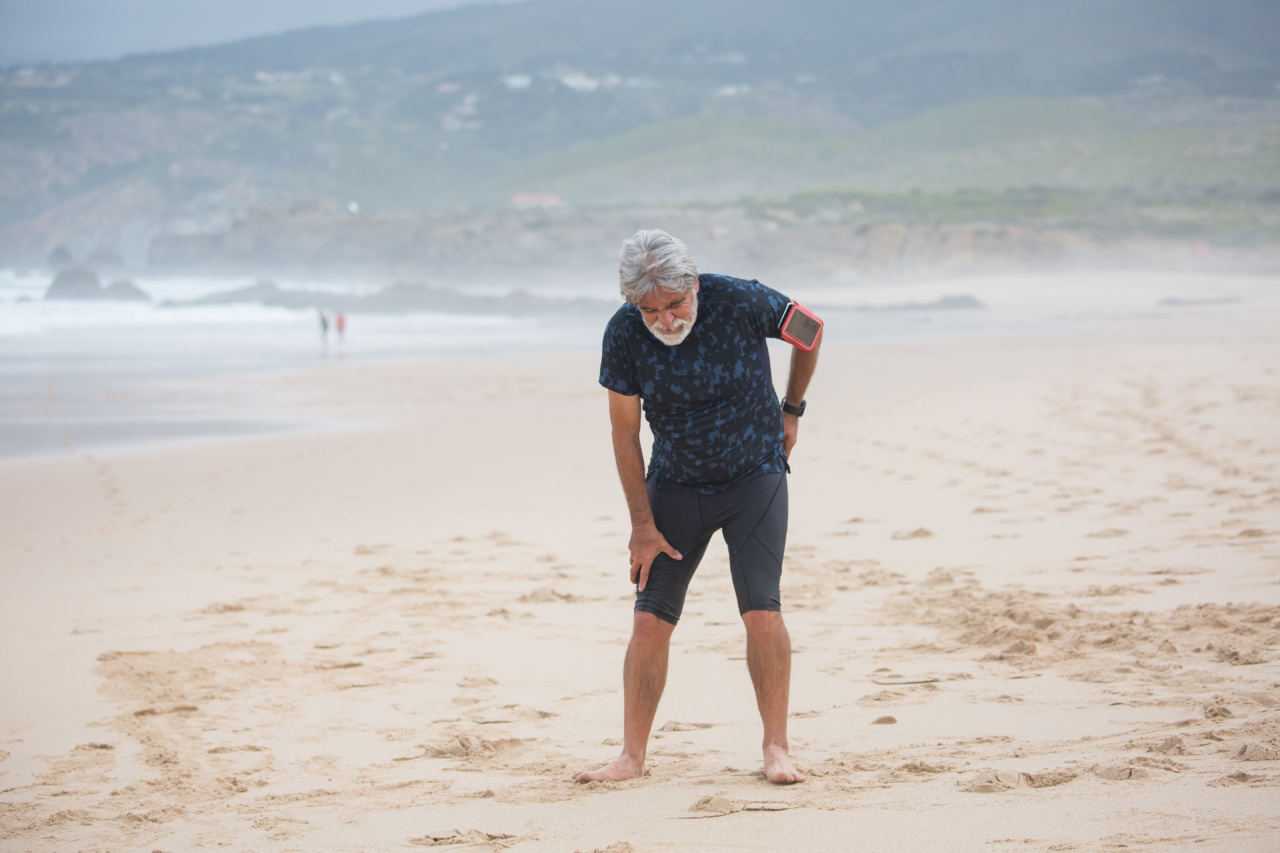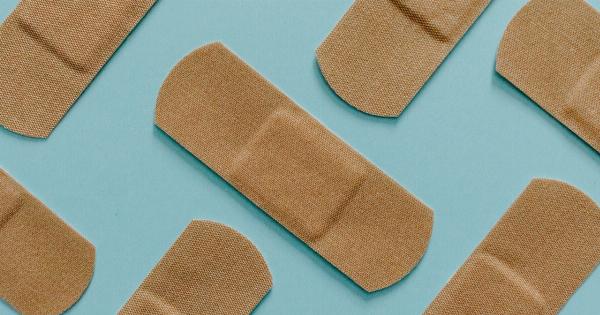Experiencing pain in the middle of your body can be frustrating and debilitating. Whether it’s due to poor posture, muscle imbalances, or a lack of core strength, finding relief is essential.
Luckily, there is a specific exercise that can help alleviate middle pain and improve your overall well-being. In this article, we will delve into the details of this exercise, its benefits, and how to perform it easily.
The Benefits of the Middle Pain-Relief Exercise
Before we jump into the exercise itself, it’s important to understand the benefits you can expect from incorporating it into your routine. By regularly practicing this exercise, you can:.
1. Strengthen your core muscles
The middle pain-relief exercise primarily targets your core muscles, including the muscles in your abdomen, back, and pelvis.
By strengthening these muscles, you can improve your stability, support your spine, and reduce middle pain caused by muscle imbalances or weakness.
2. Correct your posture
Poor posture is a common cause of middle pain. This exercise helps you develop better postural alignment by engaging the muscles that support your spine. With practice, you will notice improvements in your posture and a decrease in discomfort.
3. Enhance your spinal flexibility
A flexible spine is key to reducing middle pain. This exercise stretches and mobilizes the muscles along your spine, increasing its overall flexibility. Improved spinal mobility can alleviate pain and contribute to better movement and range of motion.
4. Improve your overall well-being
Regularly performing this exercise not only alleviates middle pain but also improves your overall well-being.
As your core strength increases, you’ll notice improved balance, increased energy levels, and better physical performance in daily activities or other exercises.
Performing the Middle Pain-Relief Exercise
The middle pain-relief exercise is simple to perform and requires no special equipment. Follow these steps to reap its benefits:.
Step 1: Preparation
Start by lying flat on your back on a comfortable surface, such as a yoga mat or carpeted floor. Ensure your feet are flat on the ground, hip-width apart.
Step 2: Relaxation
Take a moment to relax your body and focus on deep, slow breathing. This helps release any tension or tightness, preparing your muscles for the exercise.
Step 3: Pelvic tilt
Begin by performing a pelvic tilt. Gently tilt your pelvis backward, pressing your lower back into the ground. Hold this position for a few seconds.
Step 4: Hip lift
Next, lift your hips off the ground while keeping your feet and shoulders firmly planted. Your body should form a straight line from your knees to your shoulders. Hold this position for a few seconds, focusing on engaging your core muscles.
Step 5: Slow descent
Lower your hips back to the ground, returning to the starting position. Be sure to maintain control throughout the movement and avoid any sudden drops or jerks.
Step 6: Repeat and progression
Repeat the exercise for 10 to 15 repetitions, gradually increasing the number of repetitions as you feel more comfortable and confident. Aim to perform this exercise at least three times a week to experience the full benefits.
Additional Tips for Middle Pain Relief
While the middle pain-relief exercise is highly effective, combining it with the following tips can enhance its results:.
1. Stretch regularly
Incorporate stretching exercises that target your middle muscles into your routine. This will further improve your flexibility and alleviate pain caused by stiffness.
2. Maintain good posture
Avoid slouching and make a conscious effort to maintain good posture throughout the day. Sit and stand tall, engaging your core muscles to support a straight spine.
3. Take breaks from sitting
If you have a sedentary job that involves sitting for prolonged periods, take regular breaks to stand, stretch, and walk. Sitting for extended periods can contribute to middle pain, so it’s important to keep your body active and moving.
4. Stay active
Incorporate regular physical activity into your routine. Engage in exercises that promote core strength, such as Pilates or yoga, to further support the muscles responsible for alleviating middle pain.
Conclusion
Don’t let middle pain hinder your daily life. By incorporating the middle pain-relief exercise into your routine and following the additional tips provided, you can find relief and improve your overall well-being.
Strengthen your core, correct your posture, enhance spinal flexibility, and enjoy a life with less pain. Start practicing this exercise today and experience the transformative effects it can have on your body and mind.























